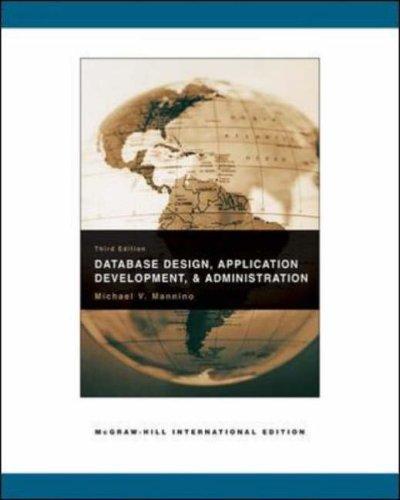Question
I NEED HELP IN THIS QUESTION .... DON'T USE HASHMAP OR MAP YOU CAN USE ARRAY OR ARRAYLIST Given a set A of N integer
I NEED HELP IN THIS QUESTION ....
DON'T USE HASHMAP OR MAP YOU CAN USE ARRAY OR ARRAYLIST
Given a set A of N integer numbers, you are to find maximum sum of any subset of consecutive numbers in A.
Input The first line of input contains a single integer T, (1 T 100), which is the number of test sets that follow. Each test set starts with N (1 N 100,000) on a line by itself. Then Nlines follow, each containing an integer within the range [-1000, +1000].
Output For each test set, you should output the maximum sum as defined above.
Sample
| Input | output |
| 2 7 10 3 -20 20 3 -8 3 5 -10 3 -3 2 -98 | 23 3 |
Explanation of the inputs and outputs:
The first test case contains 7 numbers : 10, 3, -20, 20, 3, -8, 3.
The maximum sum of any subset of consecutive integers in the set is 20 + 3 = 23. If you take any other sum, it will be smaller. For example, 10+3+ -20 + 20 + 3 = 16 etc.
Step by Step Solution
There are 3 Steps involved in it
Step: 1

Get Instant Access to Expert-Tailored Solutions
See step-by-step solutions with expert insights and AI powered tools for academic success
Step: 2

Step: 3

Ace Your Homework with AI
Get the answers you need in no time with our AI-driven, step-by-step assistance
Get Started


